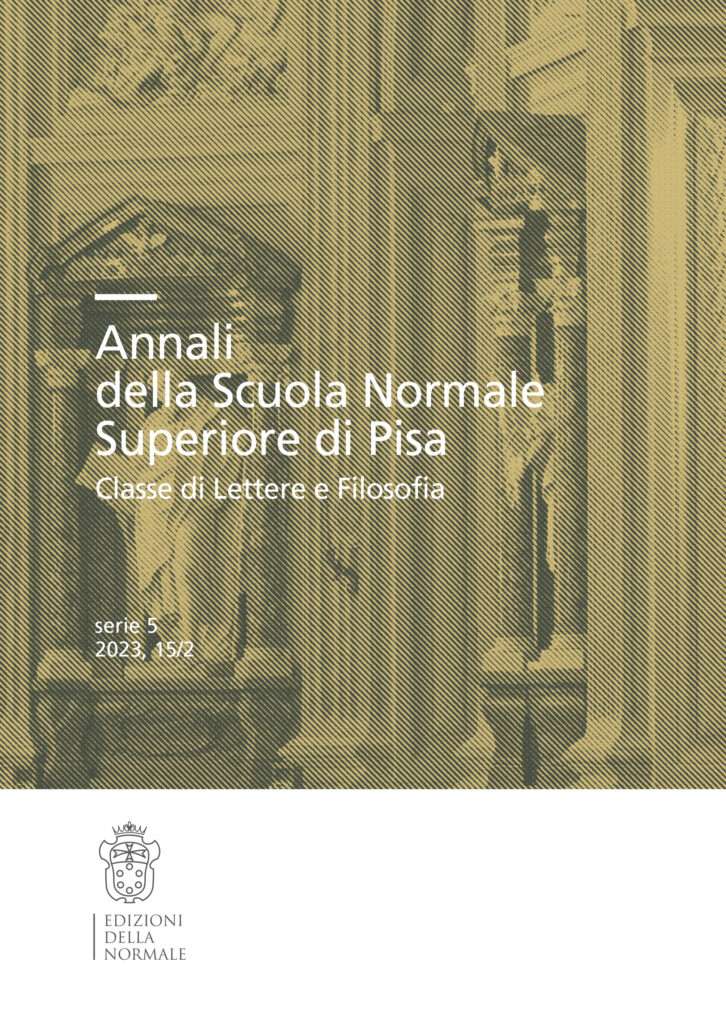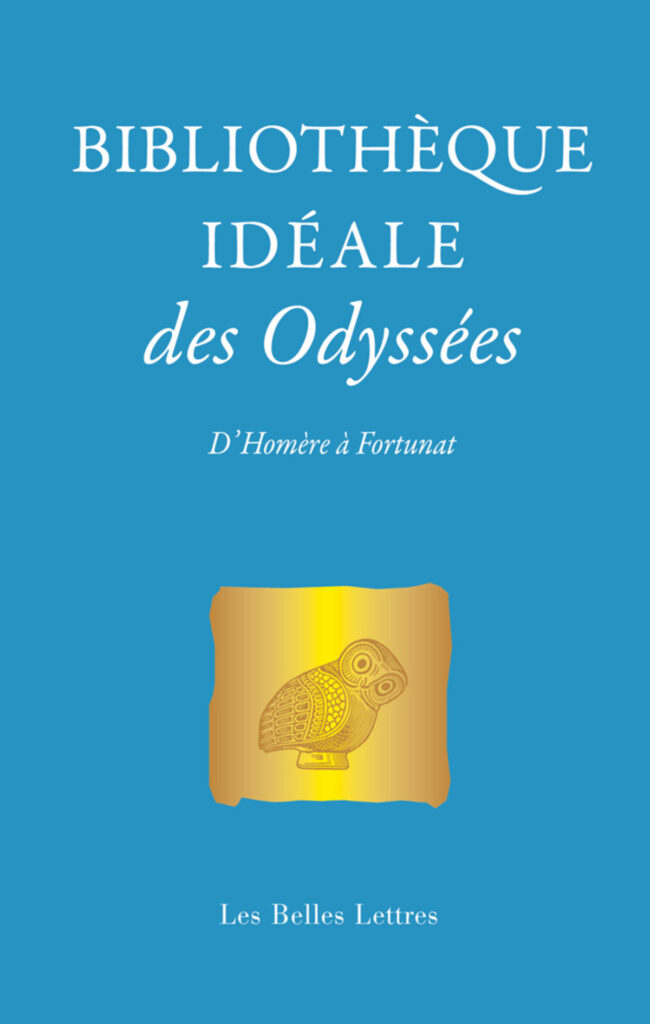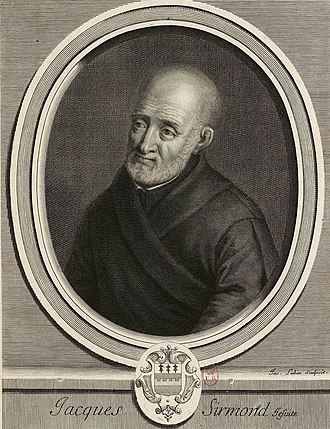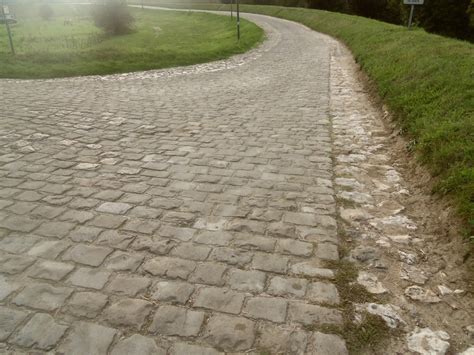Céline Urlacher-Becht published the article ‘“Gaule” et “Italie” dans les épîtres de la fin Ve-début VIe siècle: stratégies littéraires et enjeux identitaires’ in Annali della Scuola Normale Superiore di Pisa s. 5, 15/2 (2023) 309-53. Pages 312-19 bear on Ep. 1.5.
Here goes to the open access publication.
Claude Sintes has made a collection of travel literature entitled Bibliothèque idéale des Odyssées: D’Homère à Fortunat, Paris: Les Belles Lettres, 2022.
Sidonius features with:
– Sidoine invite un ami à Bordeaux (Ep. 8.12)
– Adieu à son livre (Carm. 24)
– Le voyage de Lyon à Rome (Ep. 1.5)
As part of the Celtic Conference (Lyon, 18-21 July), a panel, organised by Scott DiGiulio and Dominic Machado, will convene on “Poeticis magis decora? Latin Prose and the Limits of Intertextuality”. Joop van Waarden will be speaking on “Sidonius’ Journey to Rome at Ockham’s Razor’s Edge”.
Full programme on the conference website.
Gavin Kelly discovered a forgotten poem by Jacques Sirmond in a 1993 article.
Sidonius’ editor Jacques Sirmond (1559-1651), when still a young man, was summoned to Rome by the general of the Jesuit order to serve as his secretary. He describes his arduous voyage from Paris to Rome (August-December 1590) in a Hodoeporicum that is clearly reminiscent of Rutilius’ De reditu suo and, above all, Sidonius’ letter 1.5 with the description of his voyage from Lyon to Rome.
Find this article on JSTOR: ‘L’Hodoeporicum de Jacques Sirmond, S.J.: Journal poétique d’un voyage de Paris à Rome en 1590′, Humanistica Lovaniensia 42 (1993) 301-22, or download the 1993 instalment of the journal in open access.
Just out: Marc van der Poel et al. (eds), The Oxford Handbook of Quintilian. The chapter on Quintilian in Late Antiquity by Catherine Schneider mentions Sidonius in par. 16.2 (Carm. 2.191, 9.315-17, Ep. 5.10).
Another recent publication marginally related to Sidonius is Francesco Montone, ‘Lo scrittore Ennodio (474-521) in viaggio sulle Alpi: l’Itinerarium Brigantionis Castelli‘, Salternum 46-47, 2021, 35-59 (passages from the carmina and Ep. 1.5 in particular).
Joop van Waarden will be speaking on “Sidonius’ Journey to Rome at Ockham’s Razor’s Edge” as part of the panel “Poeticis magis decora? Latin Prose and the Limits of Intertextuality”, organised by Scott DiGiulio and Dominic Machado.
Sylvie Crogiez-Pétrequin devotes pages 453-54 of her article ‘Les bénéficiaires du cursus publicus: des privilégiés?’, Revue historique 698 (2021) 447-62 to Sidonius’ voyage to Rome in 467.
See also her 2010 article ‘Sidoine Apollinaire et le col du Petit Saint Bernard’ (biblio, tab 2010).
Annick Stoehr-Monjou returns to Ep. 1.5 in the light of memory: ‘Enjeux mémoriels d’un récit de voyage de Lyon à Rome: Sidoine Apollinaire (Lettre 1, 5)’, Viatica HS 4: Fabrice Galtier (ed.), Voyage et mémoire dans l’Antiquité romaine: les écrits latins sur le voyage et leurs enjeux mémoriels, 2021.
Online here
‘Memory Issues of the Travel Narrative from Lyon to Rome by Sidonius Apollinaris (Letter 1, 5)‘
Abstract. In Letter I, 5, Sidonius Apollinaris gives to posterity the memory of his prestigious journey from Lyon to Rome. This study explores how the author gives an account in which memory (§ 1 memoratu) takes a central place, how he reworks the travel narrative, plays with a rich literary memory (Horace, Vergil, Lucan, Pliny the Younger…) and builds self-memory. The re-evaluated memory of Silius Italicus, Prudentius and Claudian’s VI Panegyricus of Honorius is crucial in arguing that Sidonius renews the places of memory and excludes pagan elements. He also gives a testimony of his Christian faith and a discreet criticism of General Ricimer.







